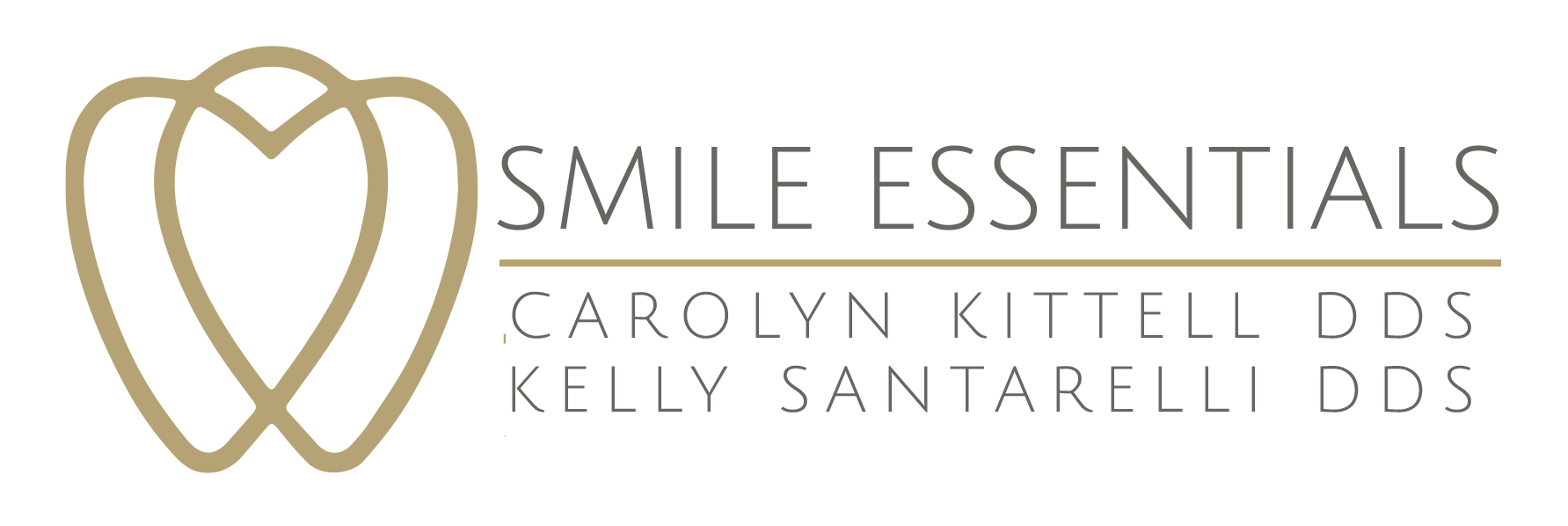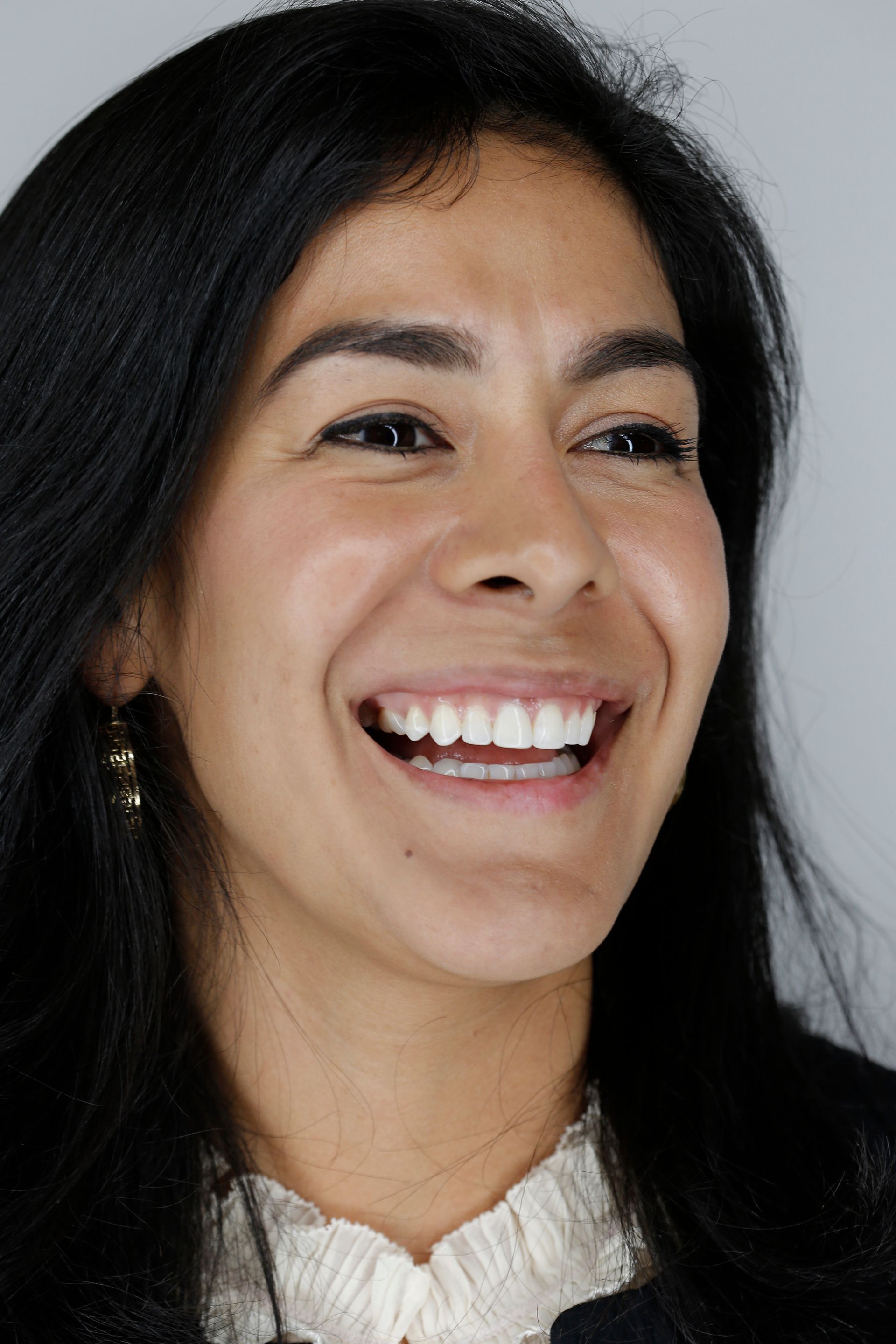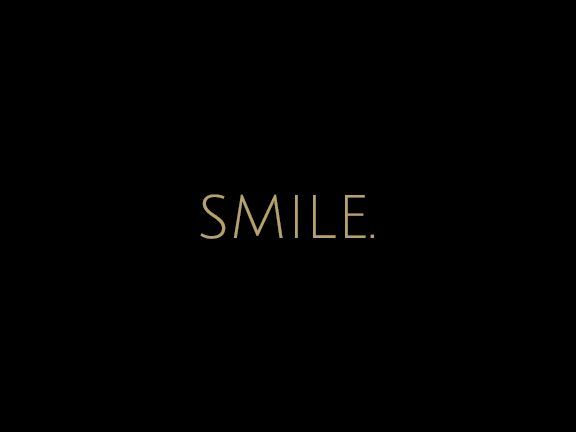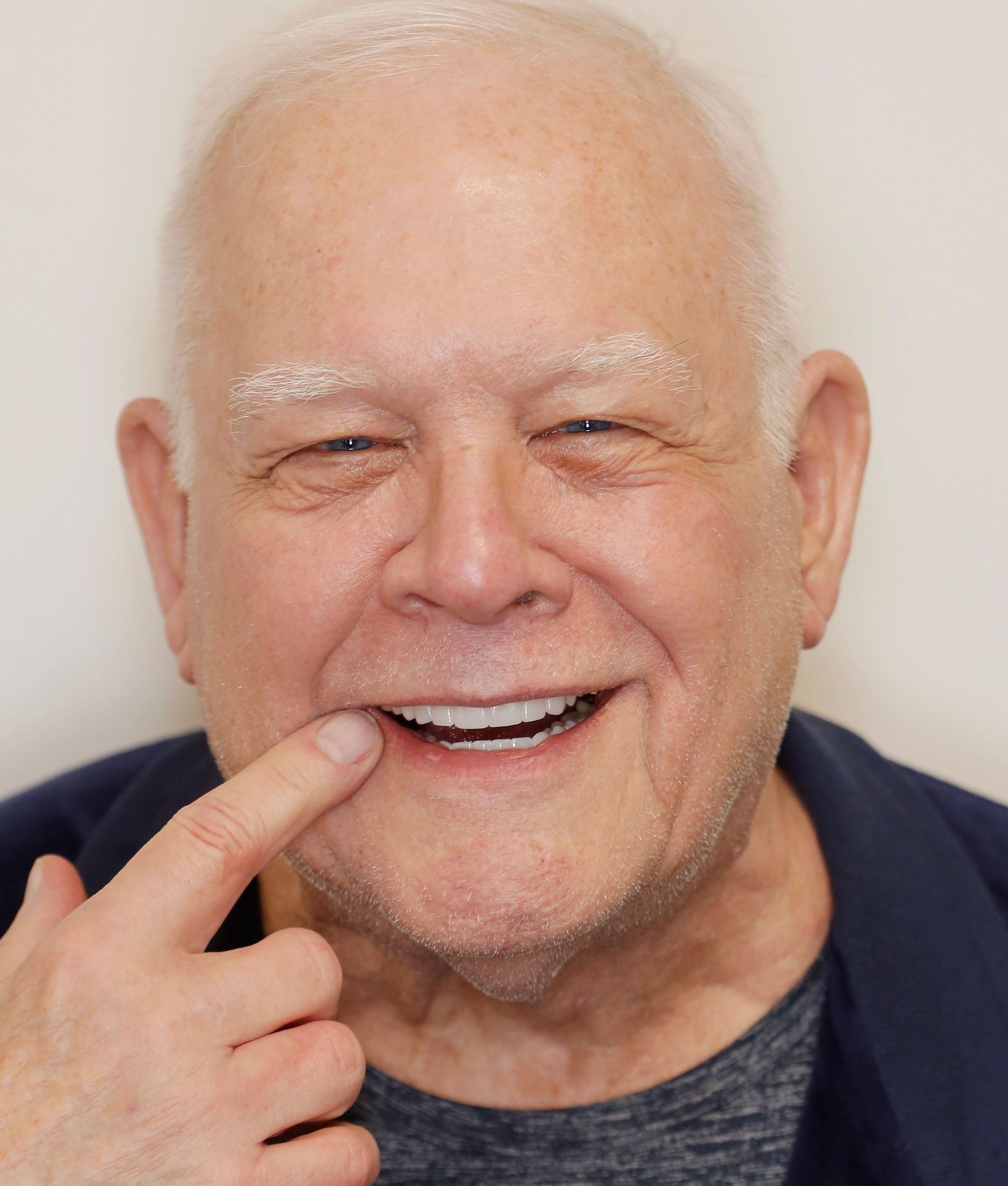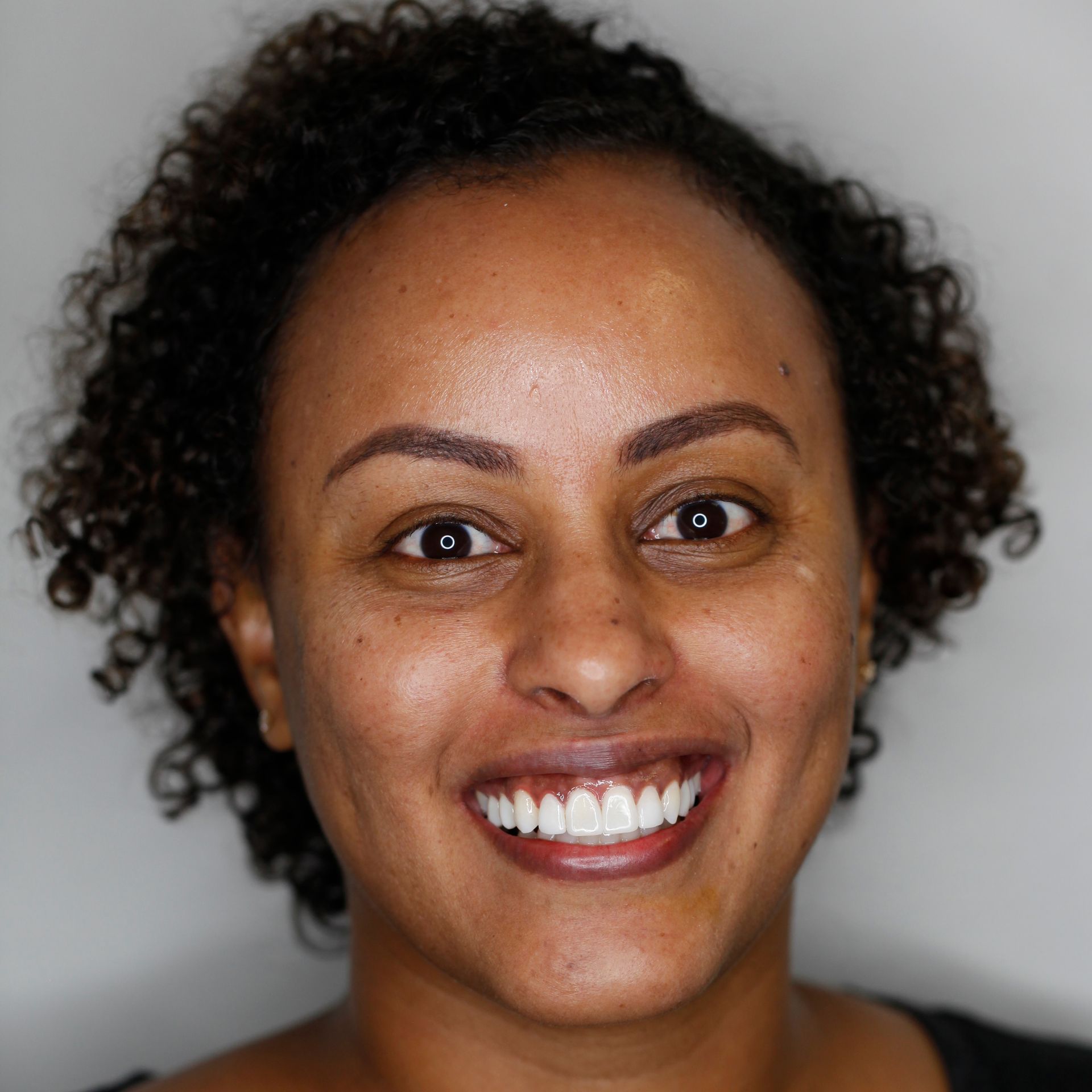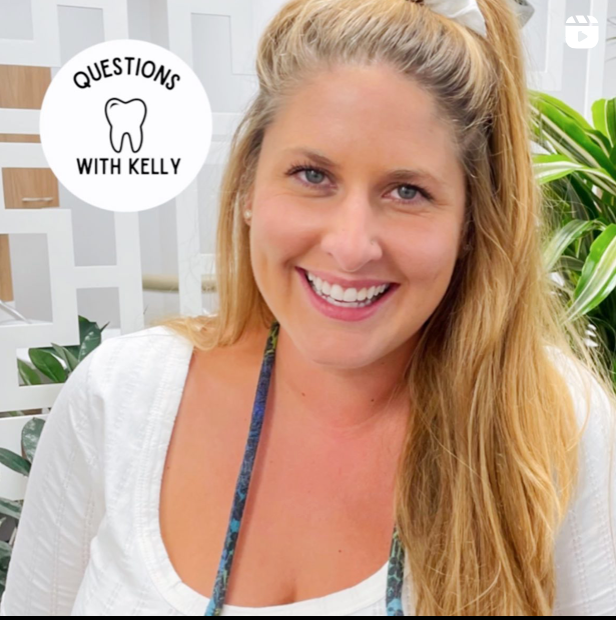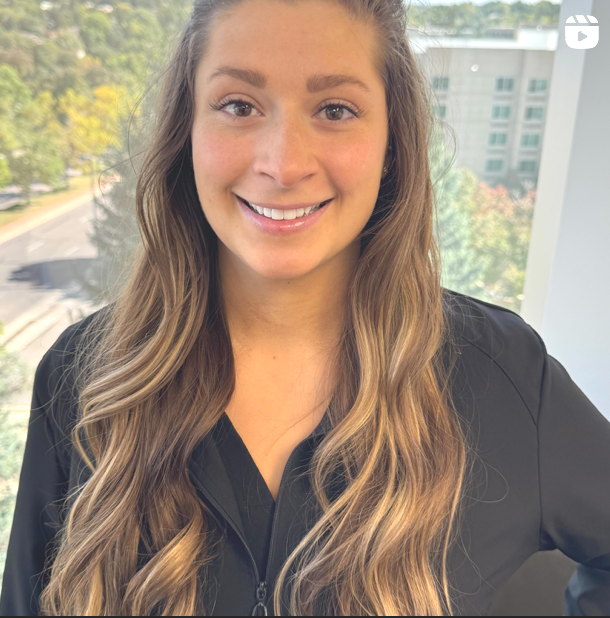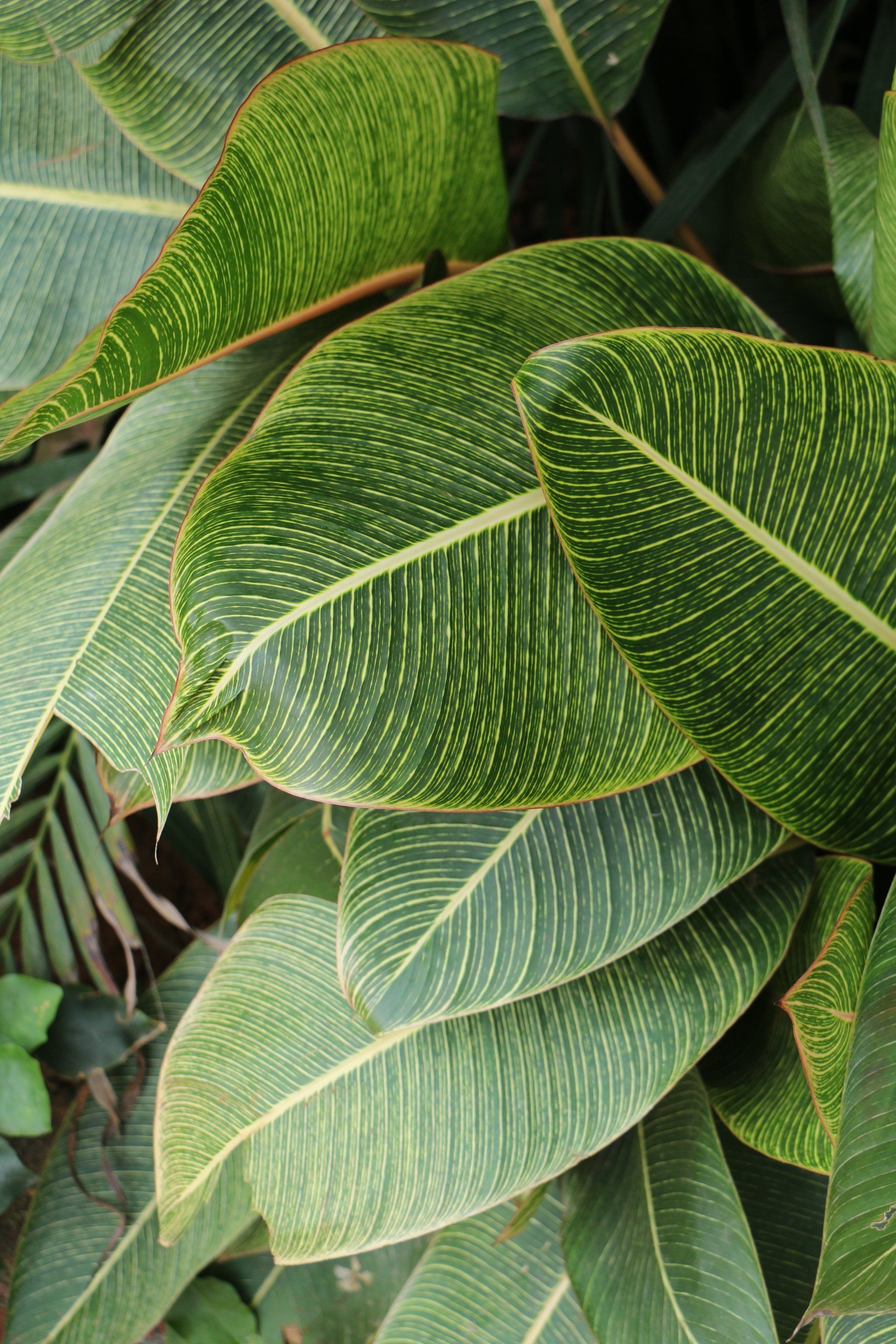GINGIVITIS AND PERIODONTAL THERAPY
Gum Disease
Many oral health problems originate from the gums. Diseases within the gums are known as periodontal diseases. These include gingivitis and periodontitis. These diseases can affect people of any age. Contributing factors to periodontal disease can include poor brushing or flossing habits, tobacco use (in any form), systemic issues such as diabetes and more.
Periodontal disease begins as gingivitis, which can cause redness, swelling and irritation in the gums (although it can often be painless). It’s important to address this when it occurs as it can cause more severe issues if left untreated. This is another reason why routine professional cleanings and exams are so important. When periodontal disease enters later stages it begins to infect the tissues that support the teeth, leading to loosening of the teeth and eventual tooth loss. Some experts even believe that it may increase the chances of heart disease.
